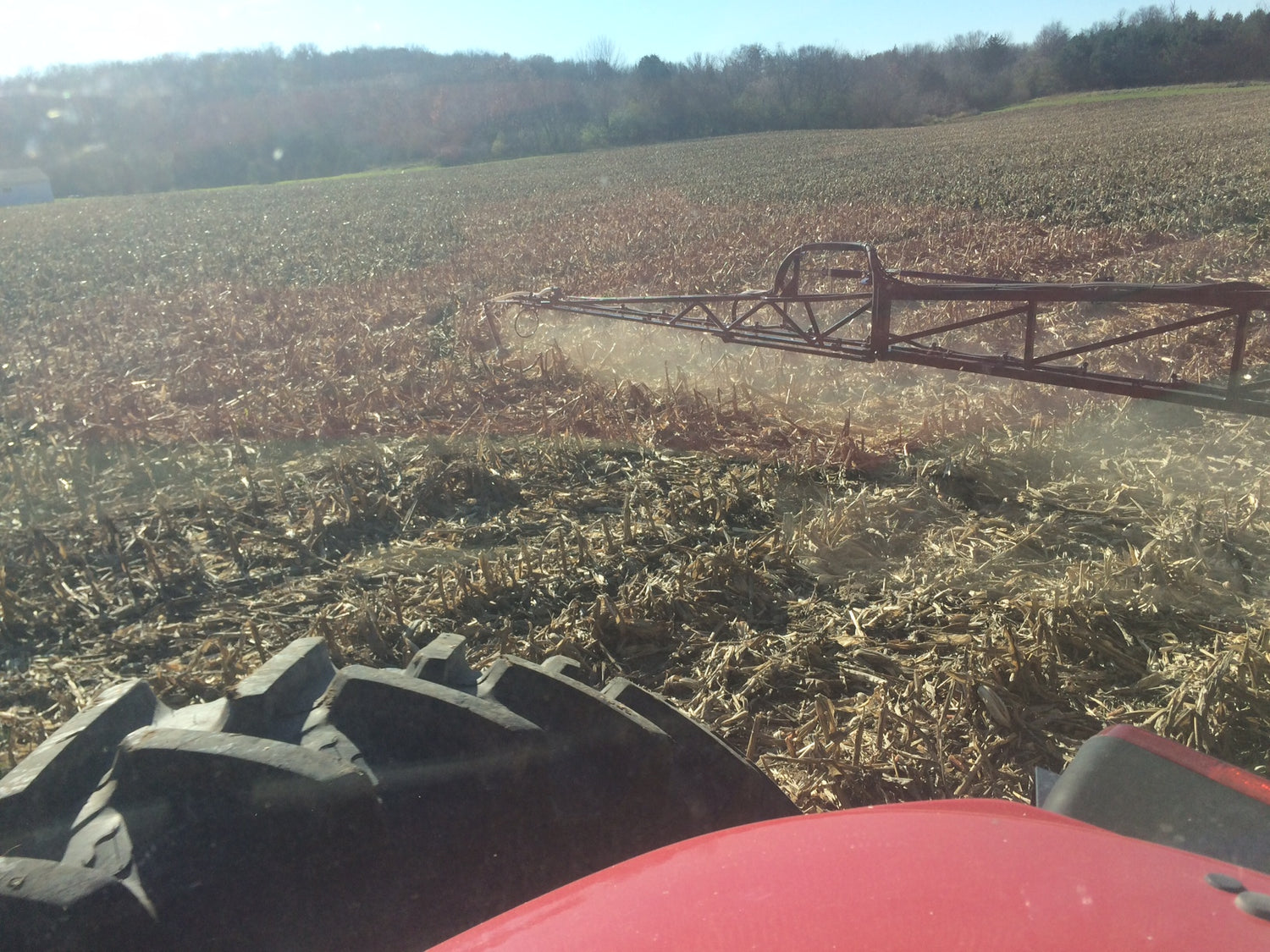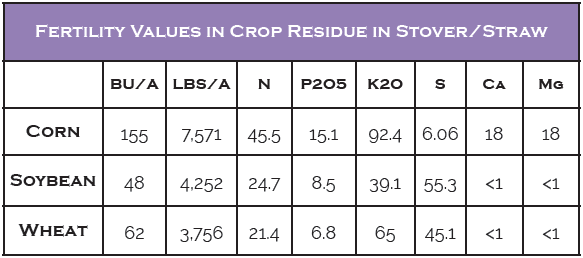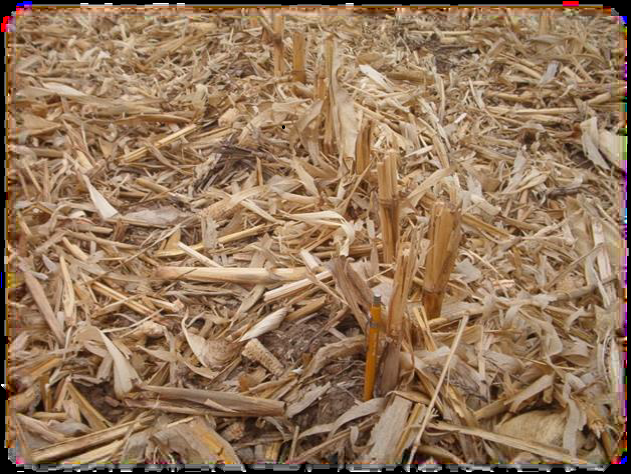Crop residue can be an asset or a limiting factor. The biological digestion of the post-harvest residue is an opportunity to consider. For those who believe one should always be accomplishing more than one task every time you make a trip across your field, consider a crop residue pass.

A Crop Residue Pass Can:
Create Significant Textural Changes to the residue allowing for a more uniform seed planting depth which leads to faster, more uniform germination and emergence.
This increases yields.
Cycle Minerals/Fertility from this year's residue to next year's crop. Fertility efficiency and increased yields occur when the minerals in the stover are cycled into the next season's crop.
Build Soil Carbon from green to brown to black. Humification is the reorganization of organic materials due to the activities of microbes.
Bio-sanitation from a residue pass can help mitigate detrimental effects from pathogens that can overwinter in the crop residue.
Resilience leads to yield.

These minerals become available through the biological process of mineral cycling. Unlike the loss that can occur with a fall application of other inputs, biological digestion first unlocks the minerals from the residue then metabolizes the minerals which immobilizes them and advances them to a stage one step closer to "plant available" next season.
Positive Effects of a Crop Residue Pass
Textural Change and Yield Decline Associated with Inconsistent Germination
Biological digestion and partial decomposition result in "crumbles" not "hairpins" under the planter coulter. When residue shatters, growers achieve a more uniform planting depth, germination, and emergence.
Data suggests:
- A 3-day lag in germination can lead to yield reductions of 16% or more in later germinating plants.
- A 6-day lag can lead to yield reduction in the 24% range. (Study data showed 230 BPA in plants that emerged first reduced to 174 BPA in those plants with a 6-day delay).
Cycle Minerals/Fertility
With approximately 7,500 lbs. of stover left behind in a modest 155 bushels per acre corn field, the stover contains:
45 lbs of N
15 lbs of P205
92 lbs of K20
6 lbs of S
18 lbs of Ca
18 lbs of Mg
Soil Organic Matter - Soil Organic Carbon
Crop residue is organic material, but your soil needs soil organic matter (SOM) and most importantly soil organic carbon (SOC).
- Carbon fixation is the process by which microbes convert carbon dioxide from the atmosphere into organic compounds.
- Humification is the process by which organic carbon from decomposing plants is transformed into a stable, dark-colored substance called hummus.
These biological processes rely heavily on the balance of fungi and bacteria. They have a significant effect on soil health and fertility.
Bio-Sanitation
Undigested corn residue serves as an ideal place for pathogens to survive over winter. The best defense against disease is a strong, diverse, beneficial microbial community that can consume or out-compete the pathogens. A residue application of a broad spectrum biological can bring balance and disrupt the conditions that are ideal for pathogens to overwinter.


